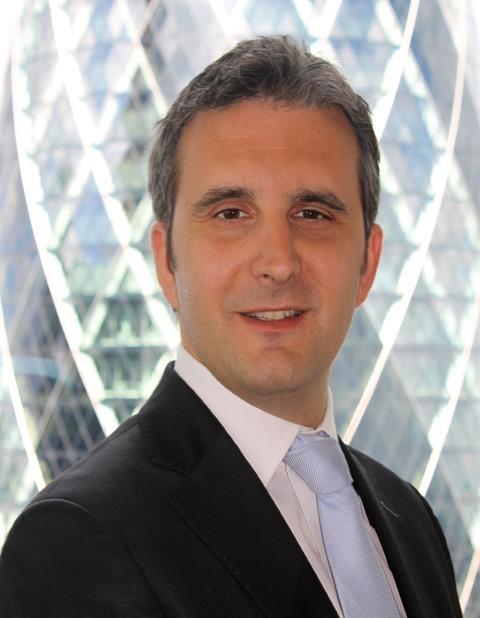StrategicRISK spoke with Willis executive director, environmental practice, Julien Combeau about the environmental liability directive

Q: What are the key environmental trends that risk managers should be considering at the moment?
A: The main topic right now seems to be the consolidation of the environmental liability directive, which continues to raise a lot of interest across Europe. The directive was published about 10 years ago, with transposition finally completed in July 2010. There are currently a lot of questions around the effectiveness of the directive, particularly among the press, non-governmental organisations and working groups.
However this is not the right question to ask. We have to recognise that the level of protection and prevention in Europe is strong and there are fewer incidences of pollution-related disasters compared to other regions. The problem is that while frequency may be low, when such a disaster surfaces, businesses will need a lot of additional support to overcome the fallout because they are not regularly exposed to the threat and as a result do not necessarily have the right strategies in place.
Q: How can the environmental liability directive be truly effective?
The ecosystem belongs to everyone and when the environment is damaged, as we’ve seen, indemnification to private parties for just their property damages does not always work to safeguard it. The directive introduced a mechanism that imposes ecosystem restoration on operators that have destroyed it through pollution or through their activities. This ‘polluter pays’ liability is wider than ever, as the accountability is now for the reparation of the environment to the condition it was in before it was damaged, and not only for clean-up expenses or repayment of lost goods. This means bigger and longer settlements controlled by regulators.
Environmental insurance can play a role to fund these new liabilities as it provides financial protection not only for losses that are not covered by other insurances such as general liability, but also grants access to the right technical and legal experts to address the whole range of issues that would cascade following an incident.
Q: What can risk managers do?
A: It is important for risk managers to have regular discussions with their health and safety and environmental departments. The risk manager and the wider team will be able to identify emerging risks that could potentially lead to a major pollution-related event during the course of normal operations, or for specific projects such as the construction of a new building or the divesture of a location. Then risk managers can devise the right mitigation strategy and decide whether or not to transfer their environmental risks to insurance.




















No comments yet